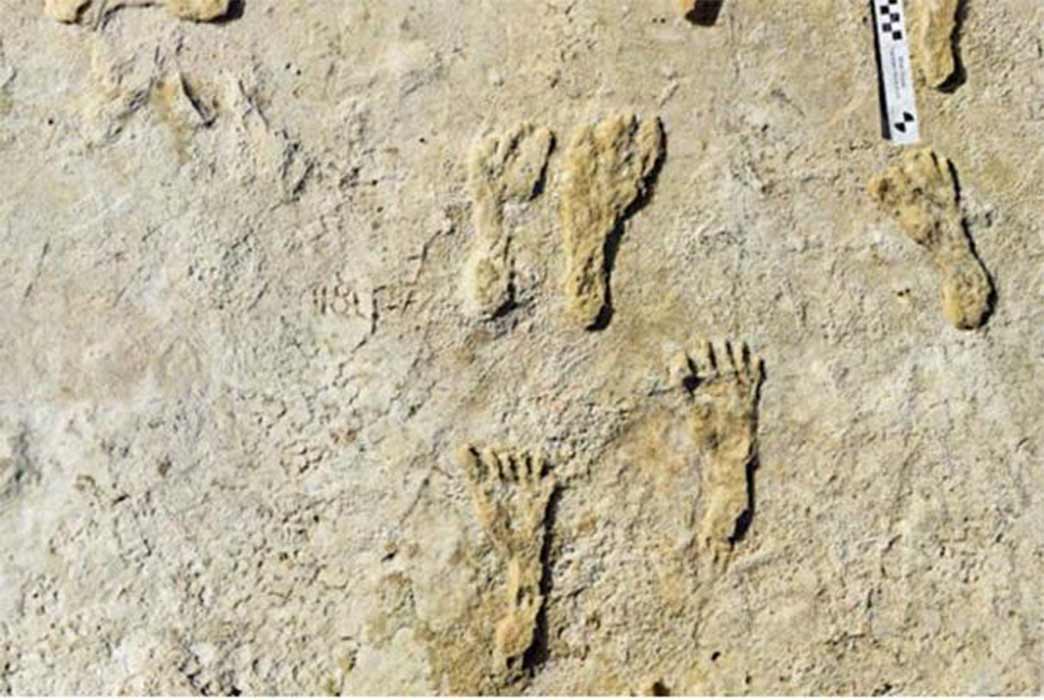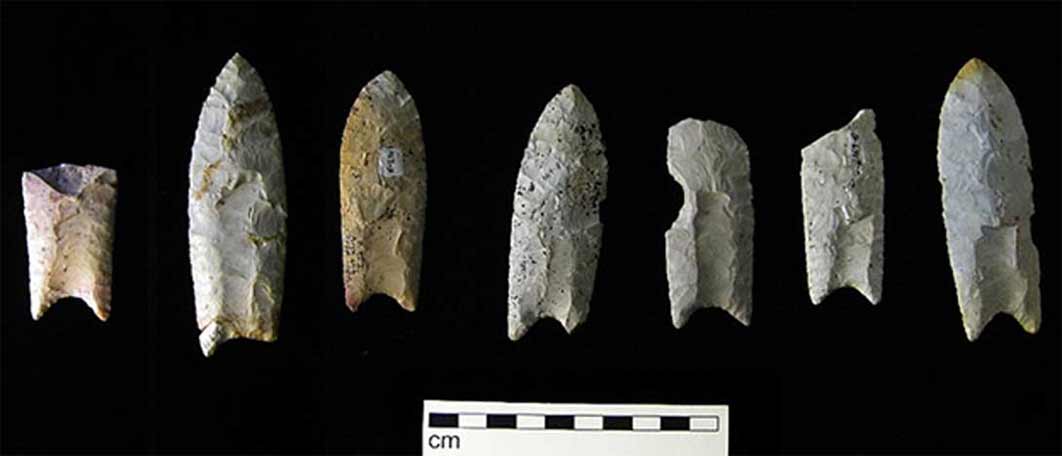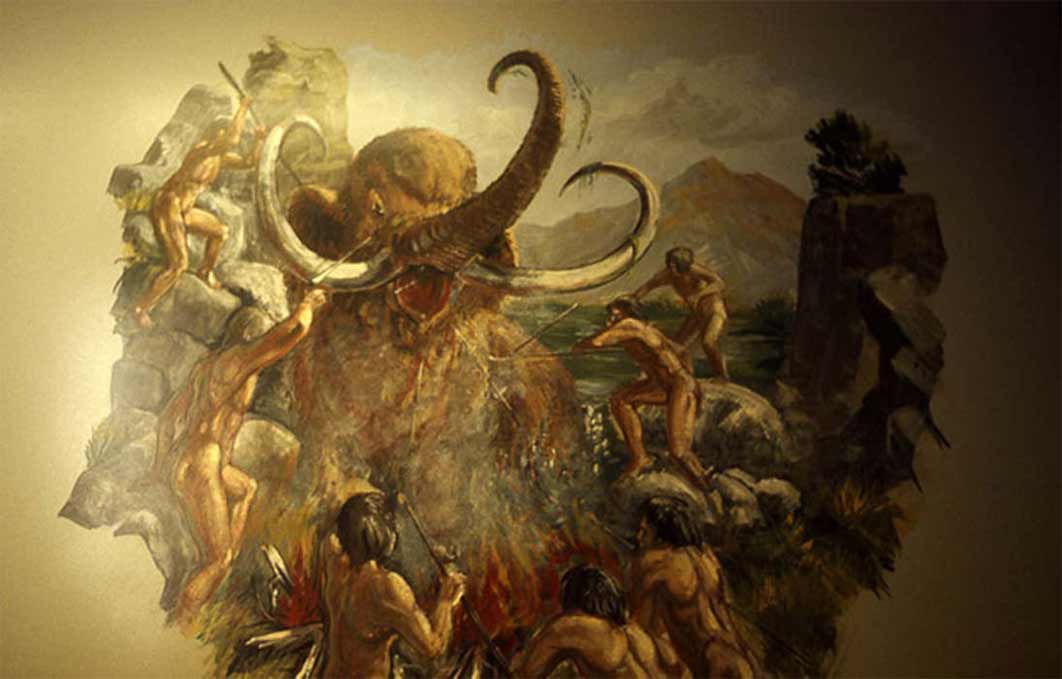
Ancient Ancestors Walking All Over Clovis First Academics
21st Century man is very conscious of the carbon footprint he leaves behind, but footprints of people who lived about 23,000 years ago have just walked all over modern man’s Clovis First Theory. The Clovis First Theory insists that the very first people to enter the Americas were Paleolithic hunters who followed game animals across what was then a so-called land bridge, which was really much bigger than the word ‘bridge’ implies, that connected Asia and Siberia to Alaska. This migration took a long time. It went on for thousands of years. No one suggests that a single family of people walked all the way from Lake Baikal to Montana. It was a gradual process that included many generations. They moved slowly, adapting to conditions as they went, sometimes staying in the same area for generations. But when these people finally reached Canada, the theory says, they eventually spread out and covered North America, Central America and then South America. It postulates a migration from the north that began some 16,5000 years ago and ended about 3,000 years later, when rising sea levels flooded what is now called Beringia.

The blades of the Clovis culture had distinctively shaped stone spear points, bifacial and typically fluted on both sides, known as the Clovis point. (Public License)
Hunting With Clovis Spears
Once here in the Americas, the people invented the Clovis Point, which is considered to be the first American invention. It was a fluted spear point whose sheer beauty has never been rivaled. Because the first example of this point was found near the town of Clovis, New Mexico, the people who made it were called Clovis people. For a long time, and in many corners of the archaeological world even today, they were called the First Americans. In the 1960s it became popular to declare with great confidence that these people, armed with their wonderful invention, were the ones who hunted the great mastodons to extinction. Their arrival seemed to coincide with the disappearance of the great beasts, so why not? It was a great theory back then, partly because the urbanization of America had led a lot of people into cities and hunting was becoming a sort of social stigma.

Book illustration of Early humans slaying a mastodon (Public Domain)
But to read those articles now, they seem illogical in one respect. One moment the author is saying how risky and difficult it was to take on a mammoth. Paragraph after vivid paragraph talked about the danger. National Geographic was hugely popular in those days, partly due to beautiful and vivid artist's renditions of a supposed mammoth hunt, showing modern man’s brave ancestors surviving by bringing down great, lumbering beasts, sometimes at the expense of their lives. But then, after showing how hard it was to kill a mammoth, the same authors would blithely move on to say that mammoths were hunted to extinction all across the breadth of North America because the great beasts were so unused to people that they just stood there and let people walk up and throw one of their Clovis-tipped spears into their sides. Down they went, victims of superior technology. The two contrasting pictures never quite made sense. But a lot of people bought it. Those were simpler days.

Illustration of Paleo-Indians hunting a glyptodont by Heinrich Harder (1858-1935) (Public Domain)
While this theory was being touted about and written up in high school textbooks, however, the information that giant sloths, huge beavers, immense bison, saber-toothed cats, dire wolves, short-faced bears, and even a type of spruce tree, went extinct at this same time was quietly suppressed. To advertise this information would serve to weaken the whole Clovis First theory. After all, why would a hunter seek to bring down a spruce tree with a Clovis point?




